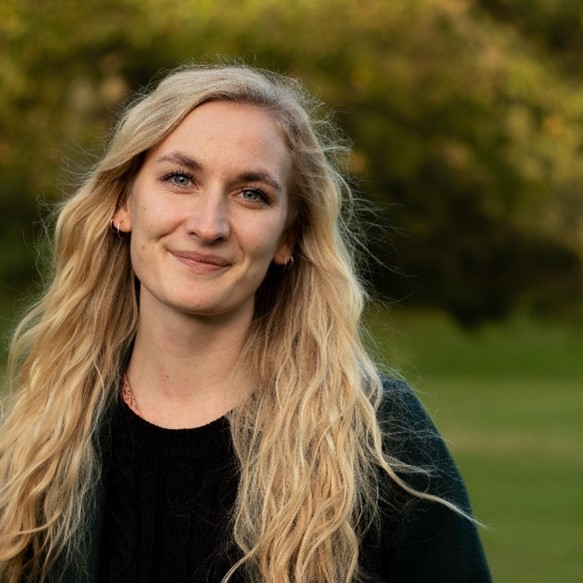
In the fight against sexual assault, a growing body of international research underscores the promise of bystander interventions, particularly among young people. Bystander approaches aim to empower individuals who witness potential risk situations to take prosocial action to prevent sexual harassment and assault. For example, by directly intervening, diverting attention, or seeking help. By focusing on how young people can help each other, bystander strategies shift the narrative from viewing youths as potential perpetrators or victims, to seeing them as allies in joint prevention efforts. In the US, successful bystander training programs like Bringing in the Bystander© (BITB) and Green Dot Etc.© have shown a range of positive outcomes, including changes in attitudes, increased willingness to intervene and, in some cases, behavioral changes to prevent assault. However, there are several barriers to simply applying these programs in the Nordic context, including issues of copyright and the potential need for cultural adaptation.
My PhD project aims to explore how best to design and implement feasible and culturally appropriate bystander initiatives in the Danish context. As a first step, I conducted a comprehensive survey at a large Danish high school. Among other things, the questionnaire explored the extent to which students had witnessed a range of specific risk situations over the past four months. The results revealed that 89% of respondents had observed at least one of these situations during this period. On average, students intervened in just over half (51%) of the situations they witnessed. Interestingly, females demonstrated significantly higher overall likelihood to intervene compared to males, although this varied somewhat for specific situations. The main barriers to intervention varied to some extent across situations, but generally included not recognizing the need for intervention, feeling it was not their responsibility, or not knowing how to act.
These preliminary findings align with international research highlighting the potential and need to expand young people’s understanding of risky situations and the different roles a bystander can take. Addressing barriers by debunking rape myths, providing education on risky situations, and offering concrete examples of how to intervene, may thus have the potential to enhance young Dane’s confidence and ability to act as prosocial bystanders. Based on insights gathered from supplementary focus group interviews also conducted as part of the PhD, the hope is to develop new intervention materials that are perceived as relevant and effective by Danish youth, and that can contribute to a comprehensive sexual assault prevention strategy at upper secondary institutions.
About the author

Terese Hartmann is a PhD student at the Department of Psychology and Behavioral Sciences at Aarhus University in Denmark.
Her PhD project is titled “Mobilizing Bystander Interventions to Prevent Sexual Assault Among Danish Upper Secondary Students: A Mixed-Methods Project Exploring Opportunities, Barriers, and Preliminary Effects”. The project combines quantitative and qualitative methods across three studies aimed at gathering practical knowledge that can form a foundation for evidence-based prevention of sexual assault and harassment among young people. Final results are expected towards the end of 2025.
